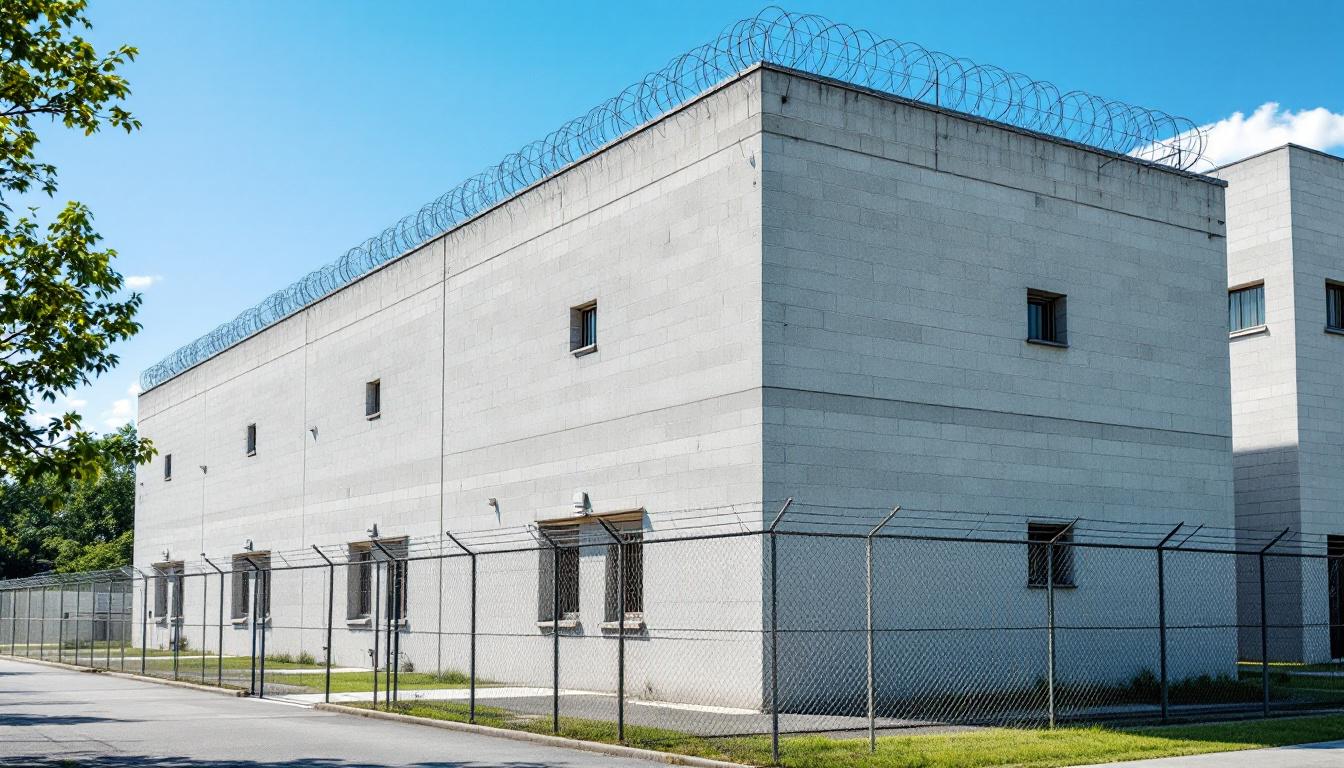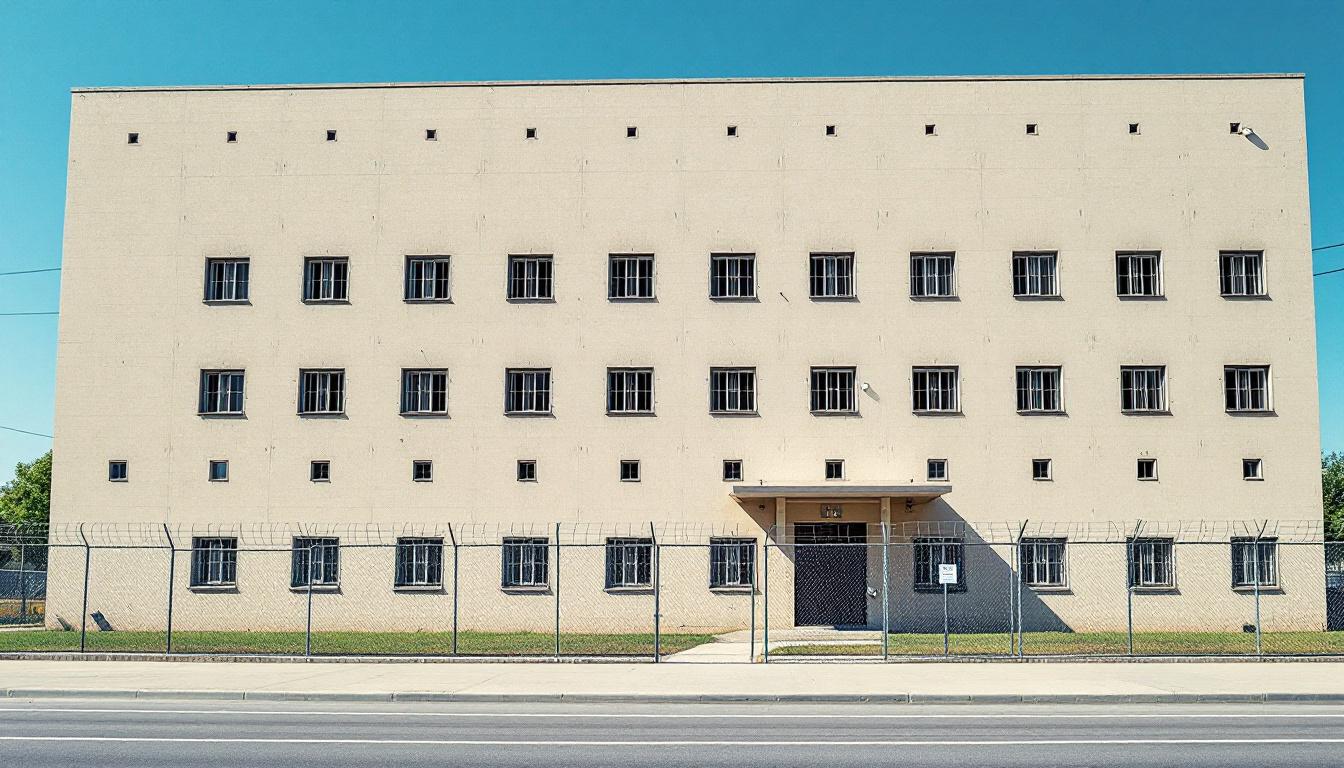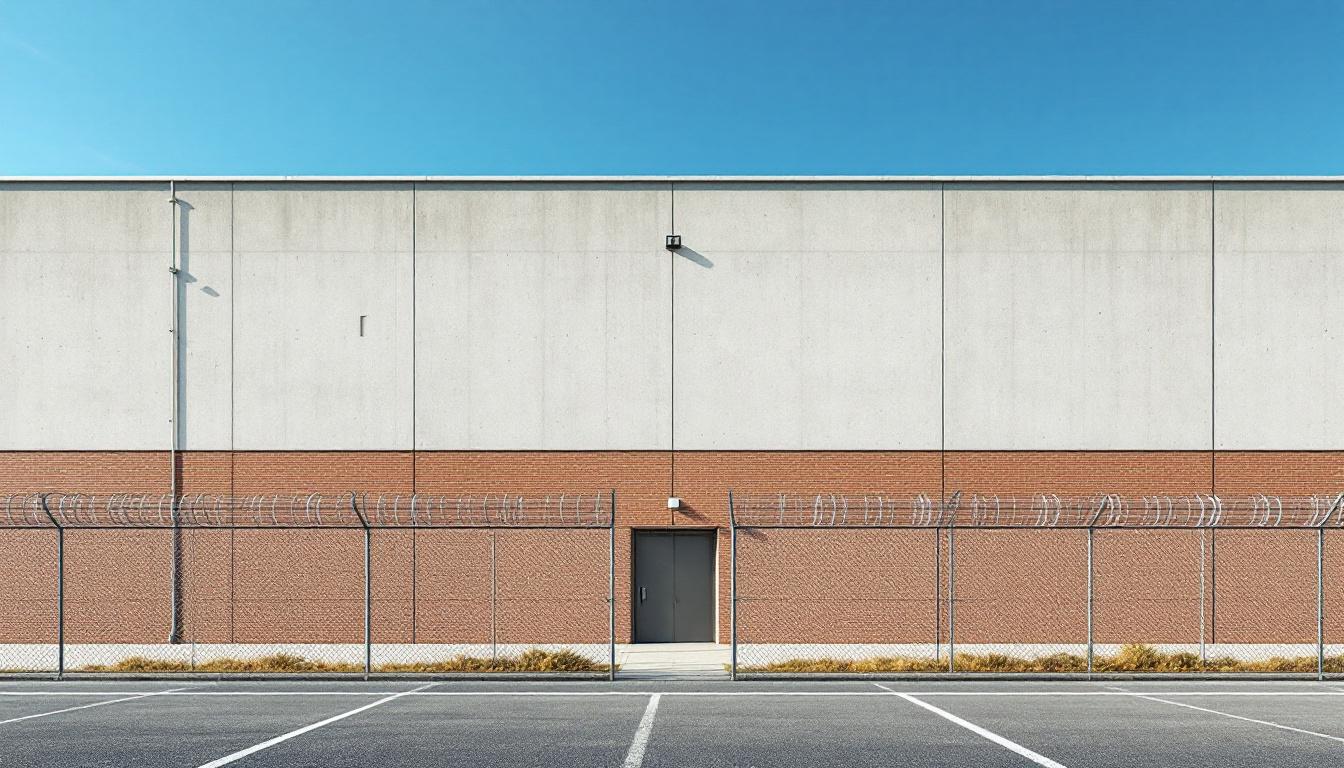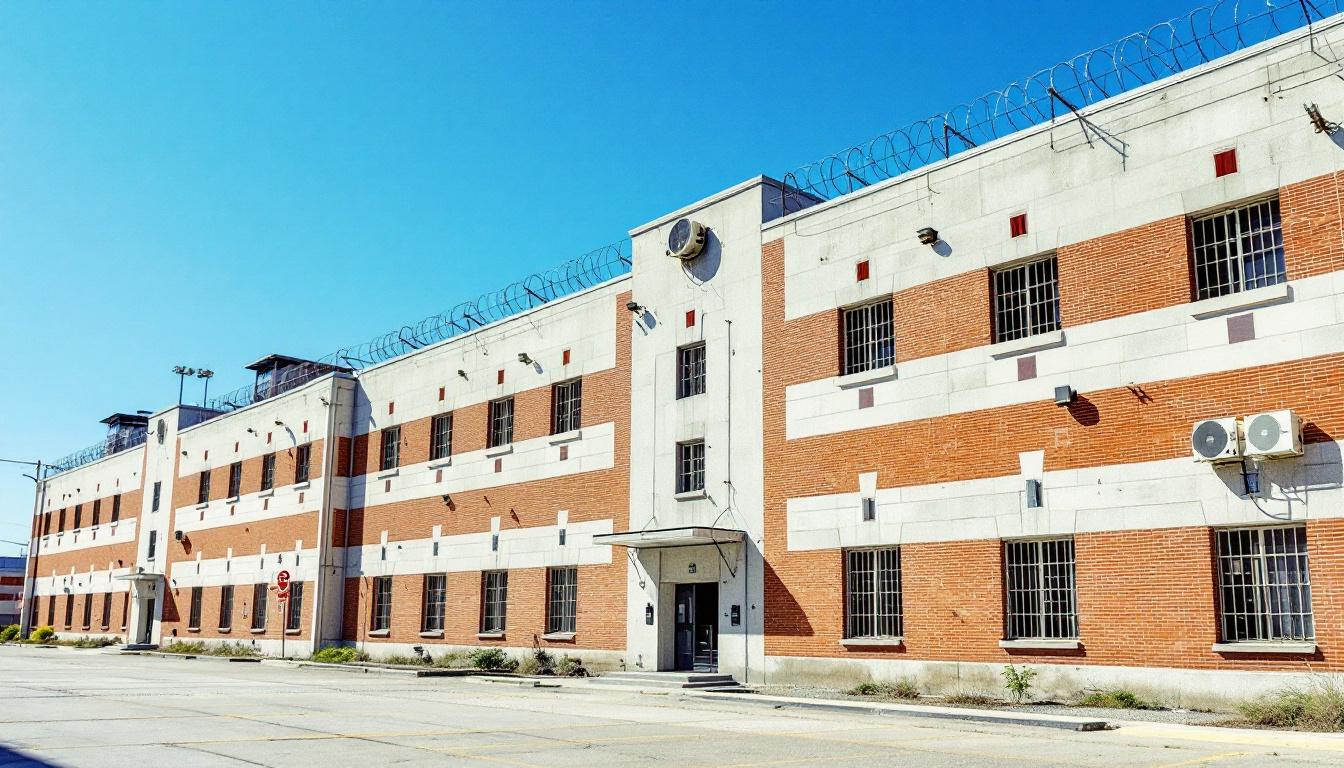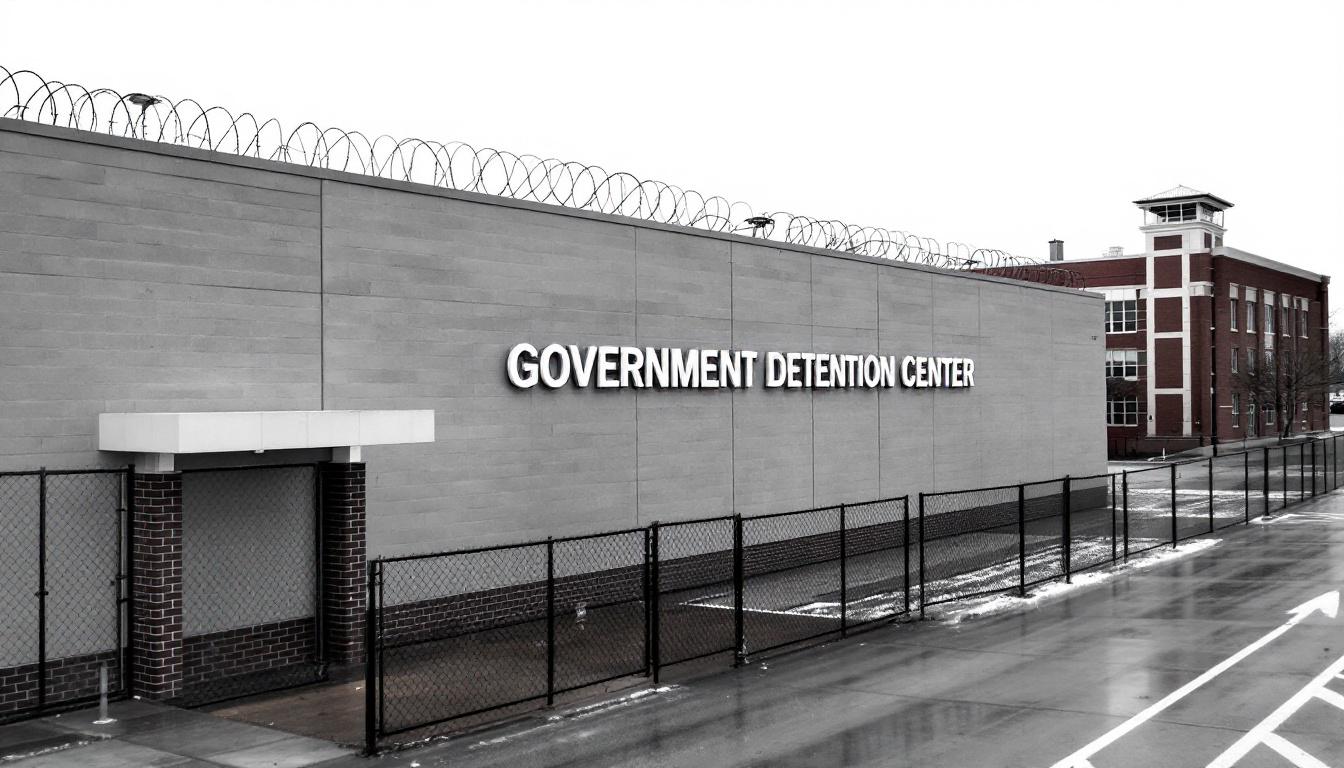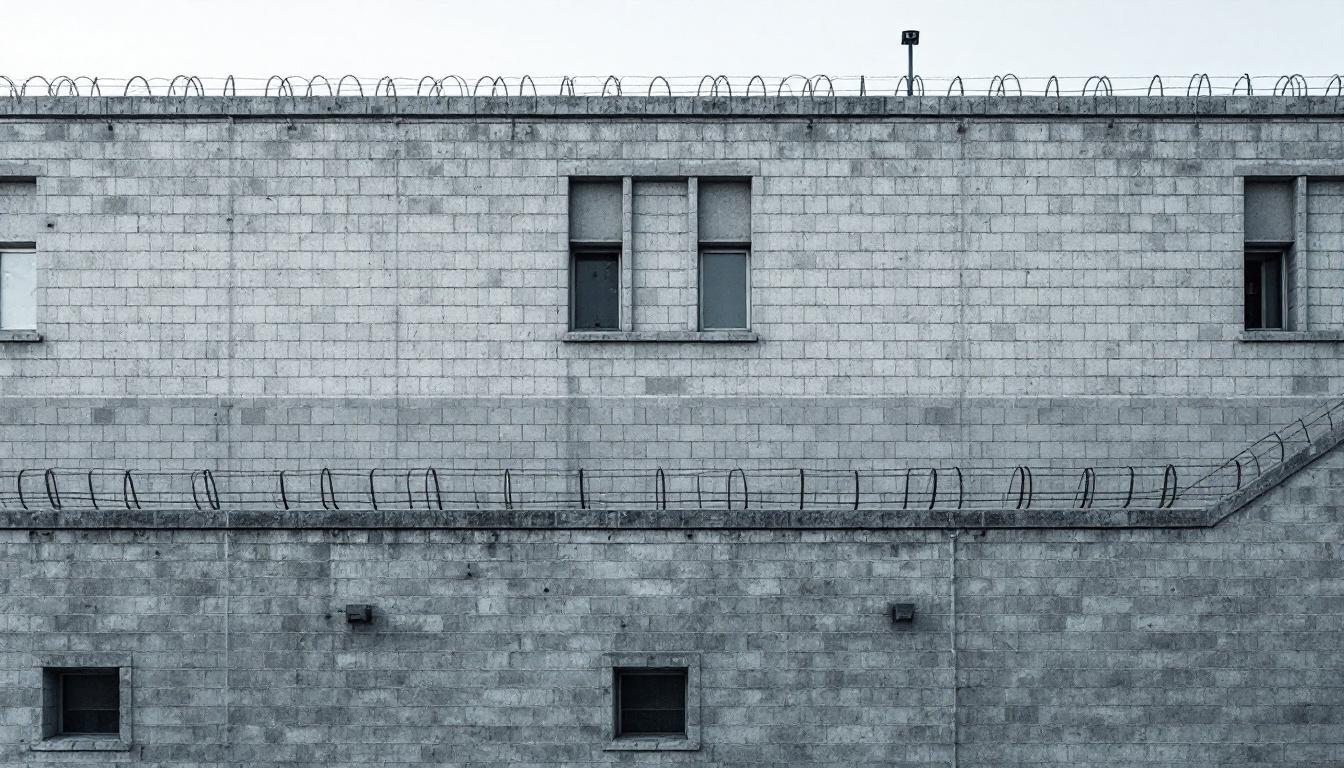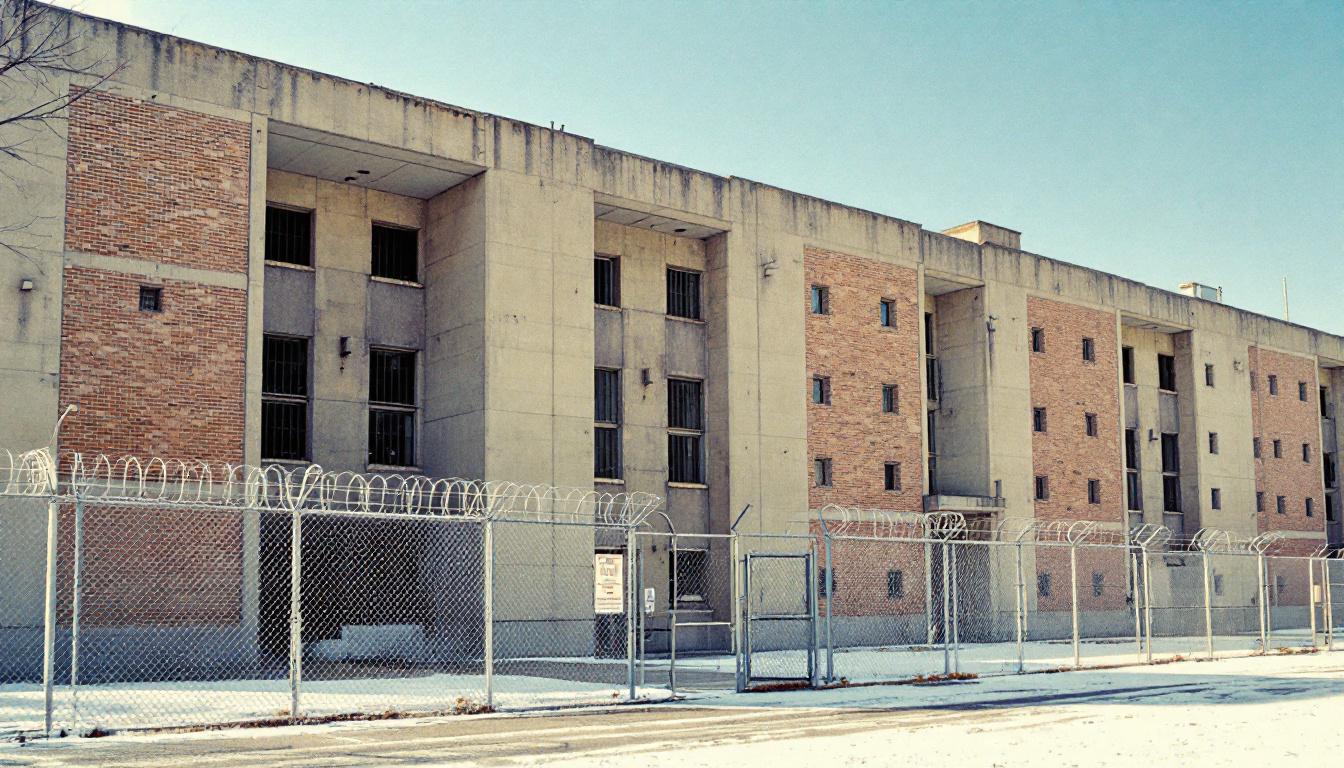
Quick Navigation
How to contact an inmate at Milwaukee County Jail
This comprehensive guide will walk you through how to connect with an inmate at Milwaukee County Jail. Follow the steps below to find an inmate and send letters and photos:
- Search for the inmate using our search tool below
- Create your account or log in to Penmate
- Write your message (up to 6,000 characters)
- Send instantly - inmates receive printed copies daily
Find an Inmate
Search for an inmate to start communicating today
Tip: You can search by first name, last name, or inmate ID number
To contact a person at Milwaukee County Jail start by searching for the person on the official facility website. Perform a search by following these steps:
- Step 1: Enter their first name and last name into the search form and click "Search"
- Step 2: Locate their inmate record
- Step 3: Write down their Inmate ID and any housing information provided
Important! Be sure to enter the person's full name. Nicknames should not be used.
How to Send Messages to Inmates

You can use your phone or computer to send emails, letters, and photos to an inmate. Messages are sent electronically to inmate tablets or kiosks at the facility. If you would like to send a message, start by searching for an inmate at Milwaukee County Jail.
Sending Photos and Postcards

A great way to send love and support to a loved one at Milwaukee County Jail is to send photos and postcards. It only takes a few minutes to send photos from your phone and it makes a huge difference. You can also mail postcards with words of support and inspiration, or design your own postcard for special moments like birthdays and holidays.
Important! Be sure not to send any explicit photos or they may not be approved by the facility. You can also use a photo printing app like Penmate to make sure your photos are printed at the correct size (4x6 or 3x5) and are mailed according to the rules and regulations of Milwaukee County Jail.
Frequently asked questions about Milwaukee County Jail
-
How long does it take to deliver a message?
If you're sending an email message your letter is usually delivered within 24-48 hours. For messages sent via mail you should expect delivery within 3-7 days. All messages will need be approved by Milwaukee County Jail.
-
How much does it cost to send a message to Milwaukee County Jail?
You can send a message free using your phone or mail a message via USPS for the price of a $0.60 stamp and envelope. You can also purchase credits or e-stamps from services starting at $1.99.
-
What services can I use to contact an inmate at Milwaukee County Jail?
Penmate
You can use Penmate to send letters and photos to an inmate from your phone. It's an easy way to stay in touch during your loved one's incarceration. Use the inmate locator to find an inmate's location and contact information, then you can send messages within a few minutes.
Securus messaging
Securus may be another option for communicating with an inmate at Milwaukee County Jail. You can create a friends and family account and purchase credits to send messages. All messages will be reviewed and must be approved by the facility.
JPay
Some county jails and state prisons may support sending messages with JPay. You must register an account with the system, find your loved one, and purchase stamps to send messages. For some locations you can also attach photos.
Smart Jail Mail
You may also check if Smart Jail Mail is available at Milwaukee County Jail. Smart Jail Mail is operated by Smart Communications and has contracted with some state and county jails. After purchasing credits, your messages and photos are sent to the facility, printed out, and then handed out to your loved one.
-
What is the mailing address of Milwaukee County Jail?
Mailing address:
Milwaukee County Jail
949 N 9th St
Milwaukee, WI 53233
Phone: (414) 226-7070Business hours:
- Monday: Open 24 hours
- Tuesday: Open 24 hours
- Wednesday: Open 24 hours
- Thursday: Open 24 hours
- Friday: Open 24 hours
- Saturday: Open 24 hours
- Sunday: Open 24 hours
-
What are the visiting hours at Milwaukee County Jail?
Visiting hours at Milwaukee County Jail vary by housing unit and security level. Generally, visits are scheduled on weekends and holidays, with some facilities offering weekday visits. Contact the facility directly at (414) 226-7070 or check their website for the current visiting schedule. Visits typically last 30-60 minutes and must be scheduled in advance.
-
What items are prohibited when sending mail to Milwaukee County Jail?
Prohibited items typically include: cash, personal checks, stamps, stickers, glitter, glue, tape, staples, paperclips, polaroid photos, musical or blank greeting cards, hardcover books, magazines with staples, and any items containing metal or electronics. Only send letters on plain white paper with blue or black ink. Photos must be printed on regular photo paper (no Polaroids). Always check with Milwaukee County Jail for their specific mail policies.
-
How do I send money to an inmate at Milwaukee County Jail?
You can send money to an inmate at Milwaukee County Jail through several methods: 1) Online using JPay, Access Corrections, or the facility's approved vendor, 2) Money orders mailed directly to the facility with the inmate's name and ID number, 3) Kiosks located in the facility lobby, or 4) Over the phone using a credit or debit card. Fees vary by method, typically ranging from $2.95 to $11.95 per transaction.
-
Can I schedule a video visit with an inmate at Milwaukee County Jail?
Many facilities now offer video visitation as an alternative to in-person visits. At Milwaukee County Jail, video visits may be available through services like Penmate, Securus Video Connect, GTL, or ICSolutions. Video visits typically cost $10-20 for 20-30 minutes and must be scheduled in advance. You'll need a computer or smartphone with a camera and reliable internet connection. Contact the facility for their specific video visitation policies and approved vendors.
-
What identification do I need to visit an inmate at Milwaukee County Jail?
All visitors must present valid government-issued photo identification such as a driver's license, state ID, passport, or military ID. Minors must be accompanied by a parent or legal guardian who can provide the minor's birth certificate. Some facilities require visitors to be on the inmate's approved visitation list, which may require a background check. Contact Milwaukee County Jail for specific ID requirements and visitor approval procedures.
-
How can I find out an inmate's release date?
To find an inmate's release date at Milwaukee County Jail, you can: 1) Use the online inmate search tool if available, 2) Call the facility's records department, 3) Contact the inmate's case manager or counselor, or 4) Have the inmate provide this information during a call or visit. For privacy reasons, some facilities only release this information to immediate family members.
Facility Overview
Official Website

About Milwaukee County Jail
Within Milwaukee's broader commitment to community safety and rehabilitation, the Milwaukee County Jail serves as a cornerstone facility that bridges immediate custody needs with long-term reintegration planning. This WI correctional facility operates with a clear understanding that effective incarceration extends beyond secure housing to encompass meaningful preparation for community return, making it an integral component of Wisconsin's regional corrections network.
The facility typically maintains comprehensive inmate services designed to address both immediate needs and future success. Educational opportunities may include basic literacy programs, GED preparation, and vocational training that aligns with Milwaukee's employment landscape. Mental health and substance abuse counseling often form essential components of the rehabilitation framework, recognizing that addressing underlying challenges significantly improves reintegration outcomes. The county jail generally provides medical care, legal assistance coordination, and family communication services that help maintain crucial community connections during incarceration.
As part of the Midwest region's interconnected correctional system, Milwaukee County Jail frequently collaborates with local organizations, workforce development agencies, and community service providers to create seamless transitions from custody to community life. This collaborative approach typically includes pre-release planning, housing assistance coordination, and connections to ongoing support services. The facility's position within Milwaukee allows for direct partnerships with urban resources while serving surrounding communities, creating a comprehensive support network that recognizes successful reintegration as beneficial to both individuals and the broader community they rejoin.
Programs & Services
Personal transformation lies at the heart of the comprehensive service framework typically available to inmates at Milwaukee County Jail, where evidence-based interventions foster meaningful behavioral change and skill development. The facility's approach to rehabilitation emphasizes both immediate therapeutic needs and long-term reintegration success, recognizing that sustainable change requires addressing underlying factors that may have contributed to criminal behavior. Through carefully structured programming, inmates often gain access to resources designed to build cognitive skills, emotional regulation, and practical competencies essential for community reentry.
Educational services frequently form the cornerstone of personal development opportunities, with inmates typically able to pursue basic literacy instruction, GED preparation, and continuing education coursework tailored to individual academic needs. Complementing these foundational learning opportunities, vocational training may include specialized certification programs such as HVAC certification, which provides inmates with marketable technical skills upon release. These educational and vocational services often operate through structured curricula that combine theoretical knowledge with hands-on application, enabling participants to develop both competency and confidence in their chosen areas of study.
In addition to these skill-building initiatives, therapeutic services typically encompass individual counseling sessions that address personal challenges, trauma, and behavioral patterns through evidence-based therapeutic modalities. Cognitive interventions may focus on developing critical thinking skills, problem-solving strategies, and decision-making processes that support prosocial behavior choices. Support services often extend to broader vocational programs that complement certification training, while community service opportunities may provide inmates with structured ways to contribute meaningfully to society while developing work ethics and interpersonal skills essential for successful reintegration.
Daily Life & Visitation
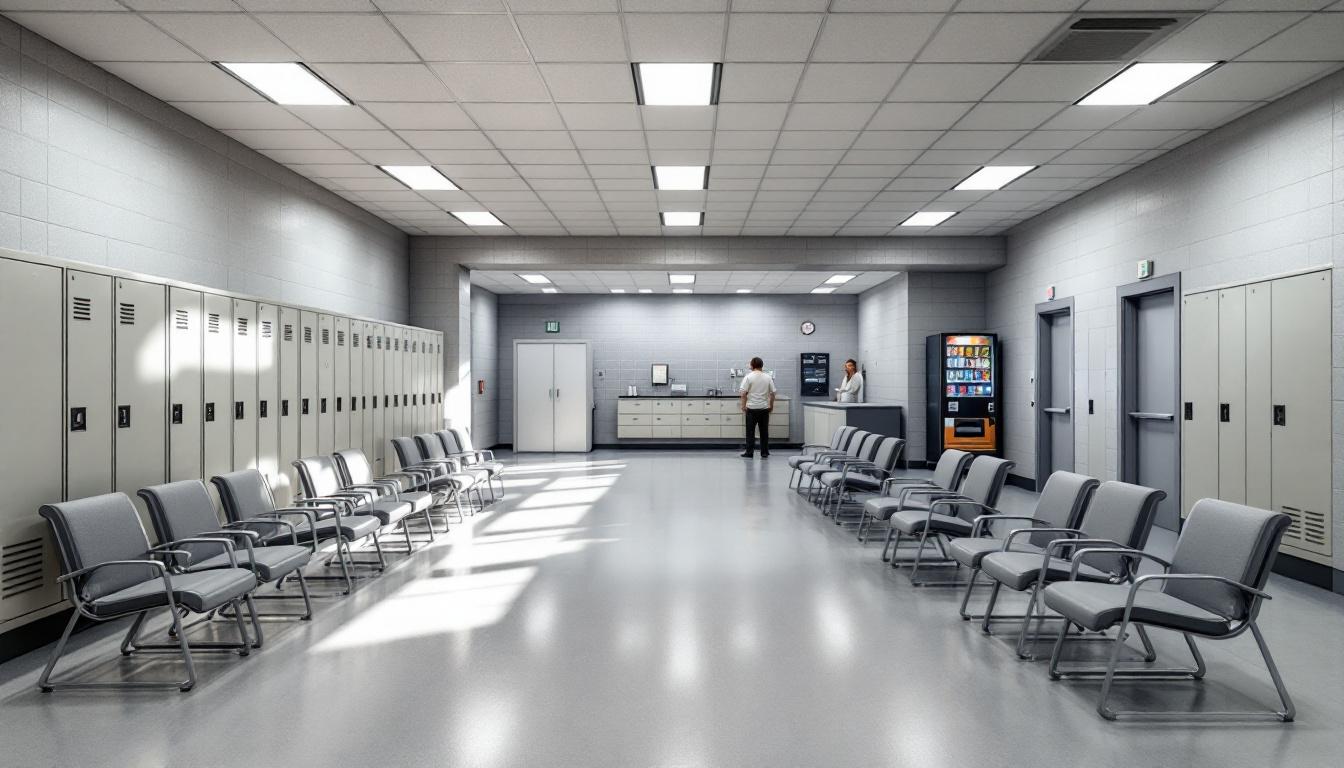
The concrete walls and steel doors of Milwaukee County Jail create an environment where every sound echoes and privacy becomes a rare commodity. At present, inmates actively navigate a structured world where fluorescent lighting marks the passage of time more reliably than any clock, and the constant hum of ventilation systems provides a backdrop to daily conversations and activities. The facility's housing units typically accommodate multiple inmates in shared cells or dormitory-style arrangements, where personal space becomes carefully negotiated territory and respect for others' belongings forms an unspoken code of conduct.
Living accommodations generally include basic furnishings such as metal bunks, small desks, and limited storage space for approved personal items. Inmates usually adapt to the confined quarters by establishing routines around meal times, which typically provide structure to otherwise lengthy days, and by finding ways to personalize their limited space within facility guidelines. The dining arrangements often involve scheduled meal periods in common areas, where inmates may gather and maintain social connections that help ease the isolation of incarceration.
In addition to this basic framework, the facility typically provides various programming opportunities that may include educational classes, vocational training, and recreational activities designed to promote rehabilitation and maintain physical fitness. Despite this structured environment, inmates often find meaningful ways to stay connected with family members through scheduled visitation periods and approved communication methods, while work assignments within the facility can provide both purpose and modest compensation. These elements collectively create a daily rhythm that, while restrictive, generally offers inmates opportunities to maintain their dignity and prepare for eventual reintegration into the community.
Ready to Connect?
Start communicating with your loved one today
Search for an Inmate
